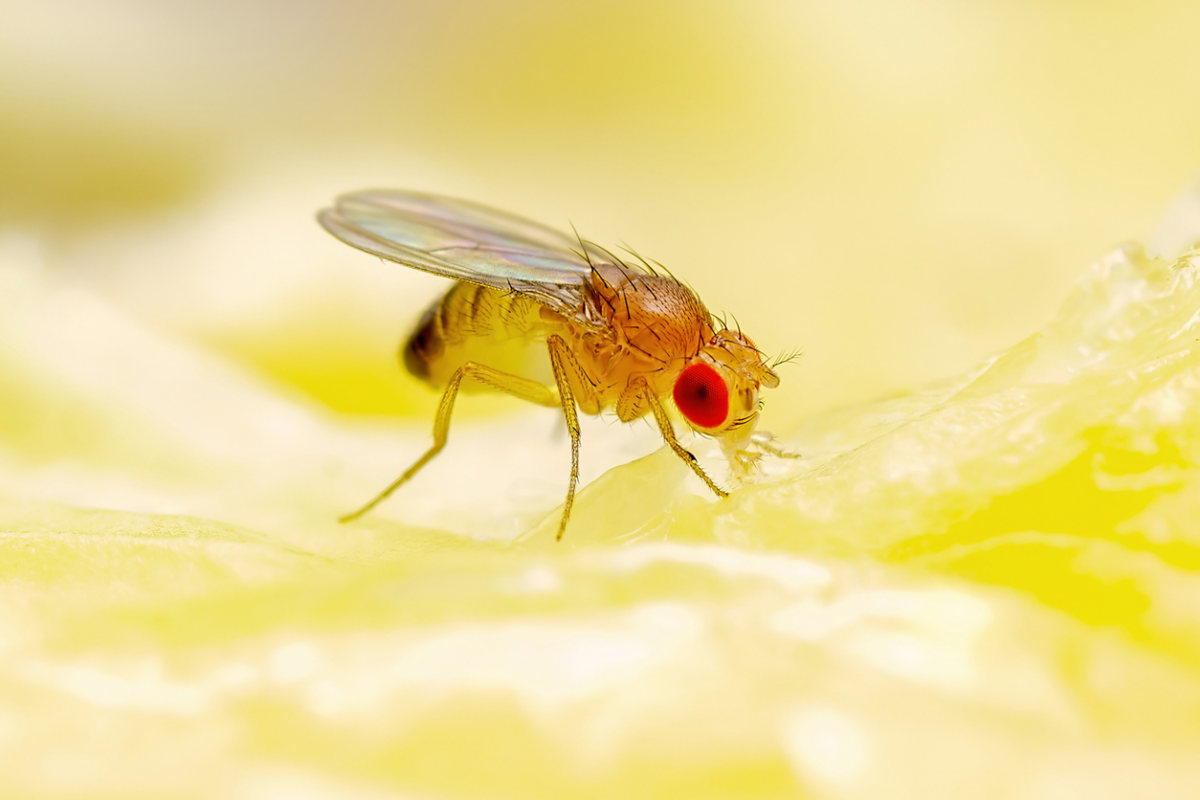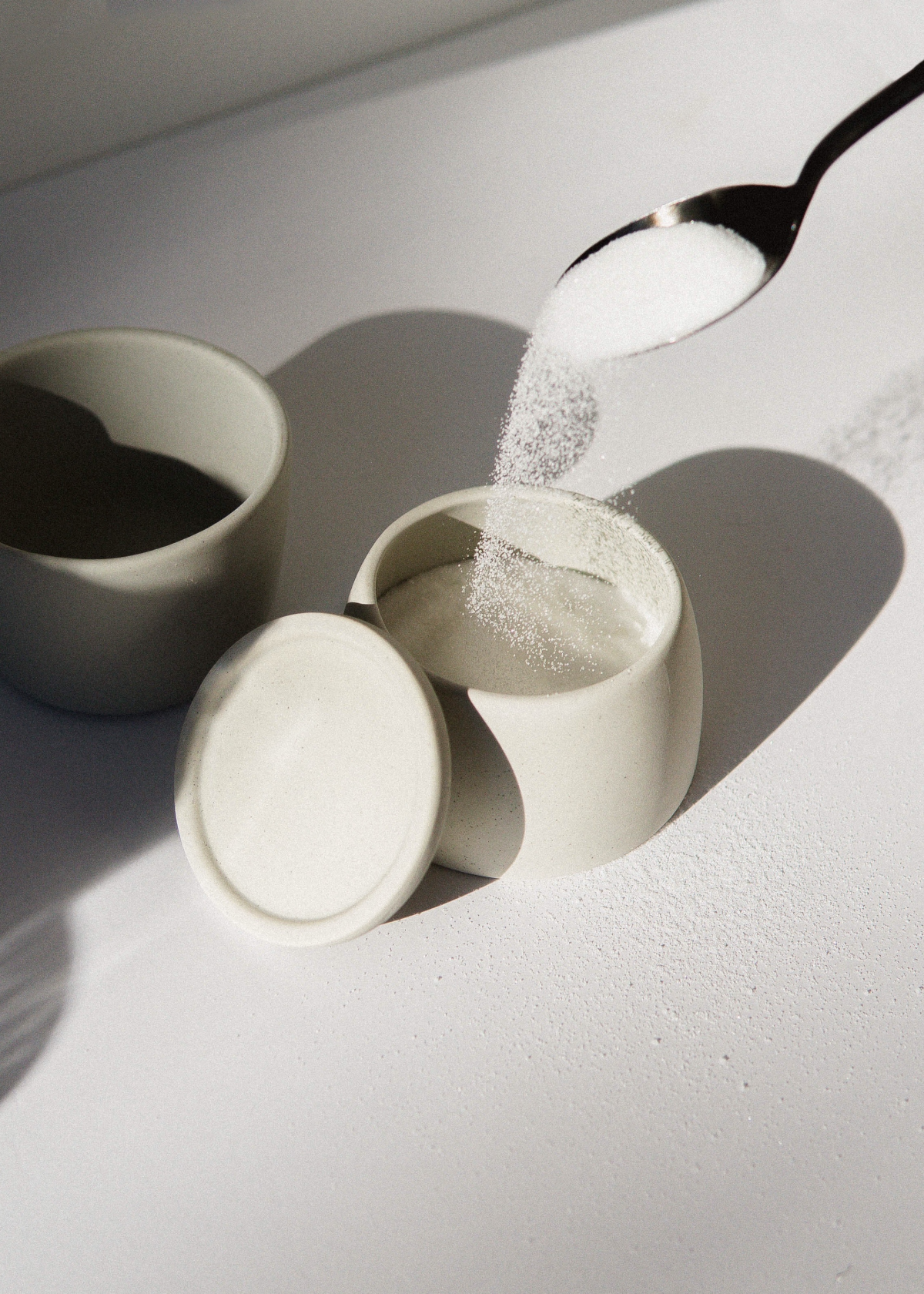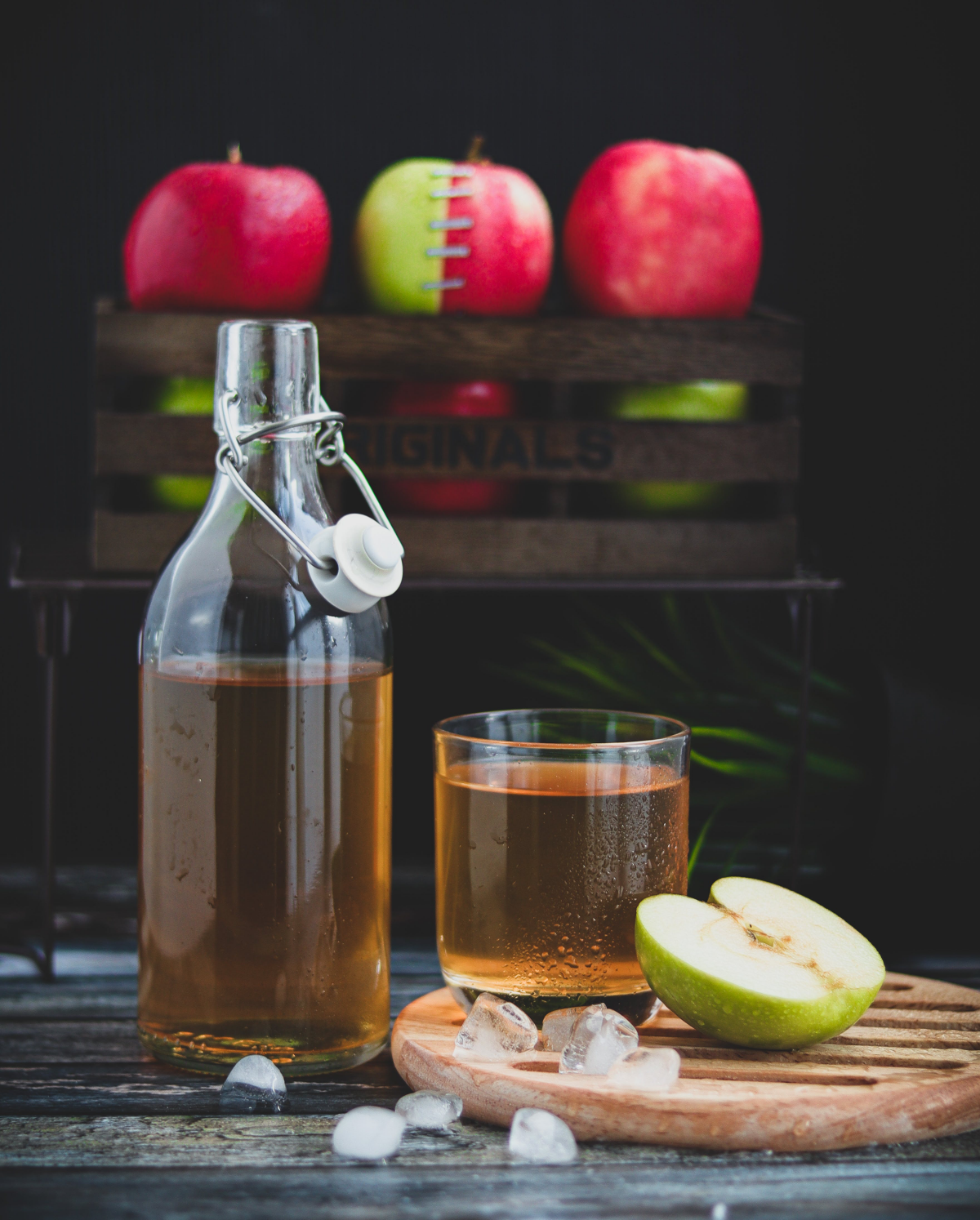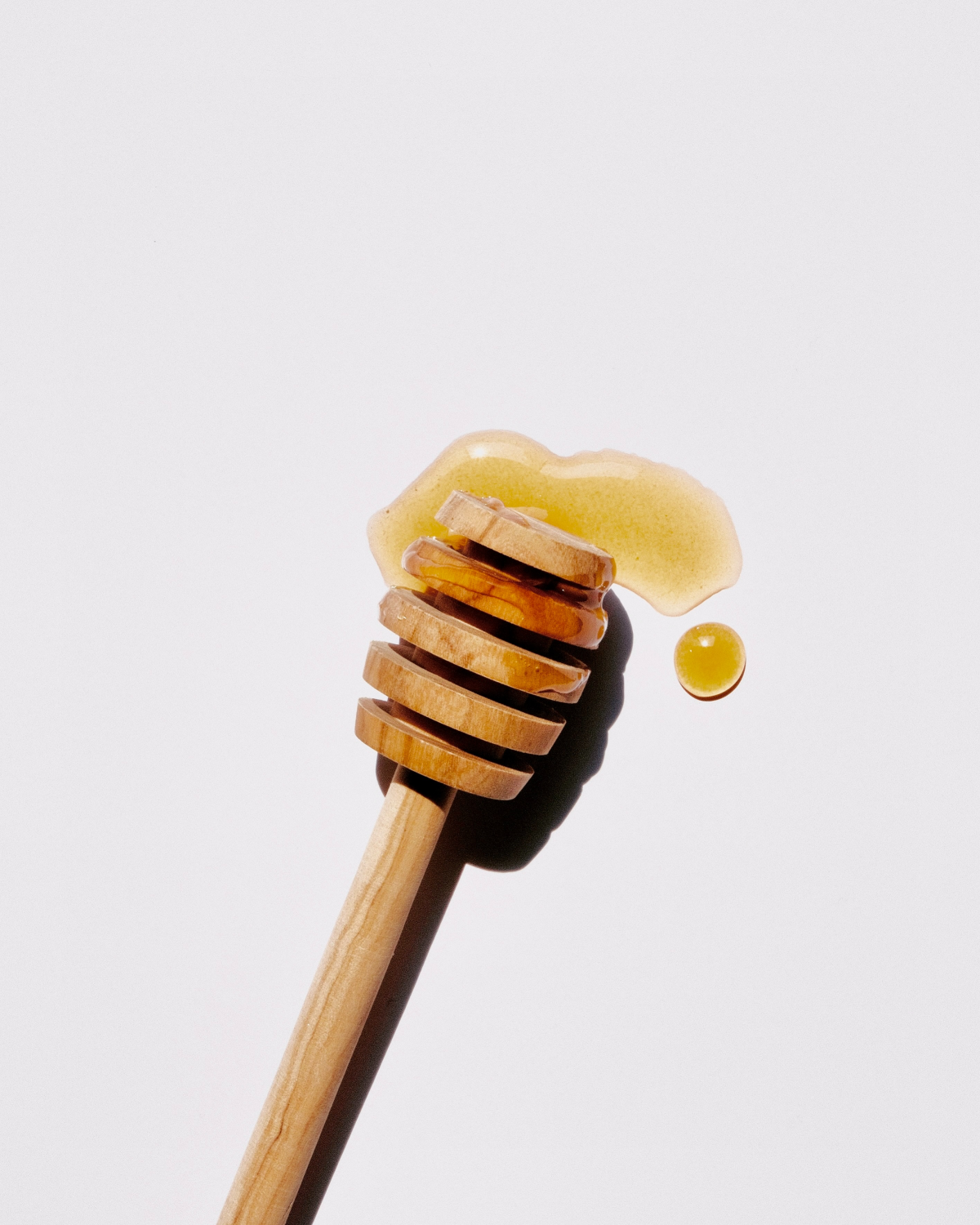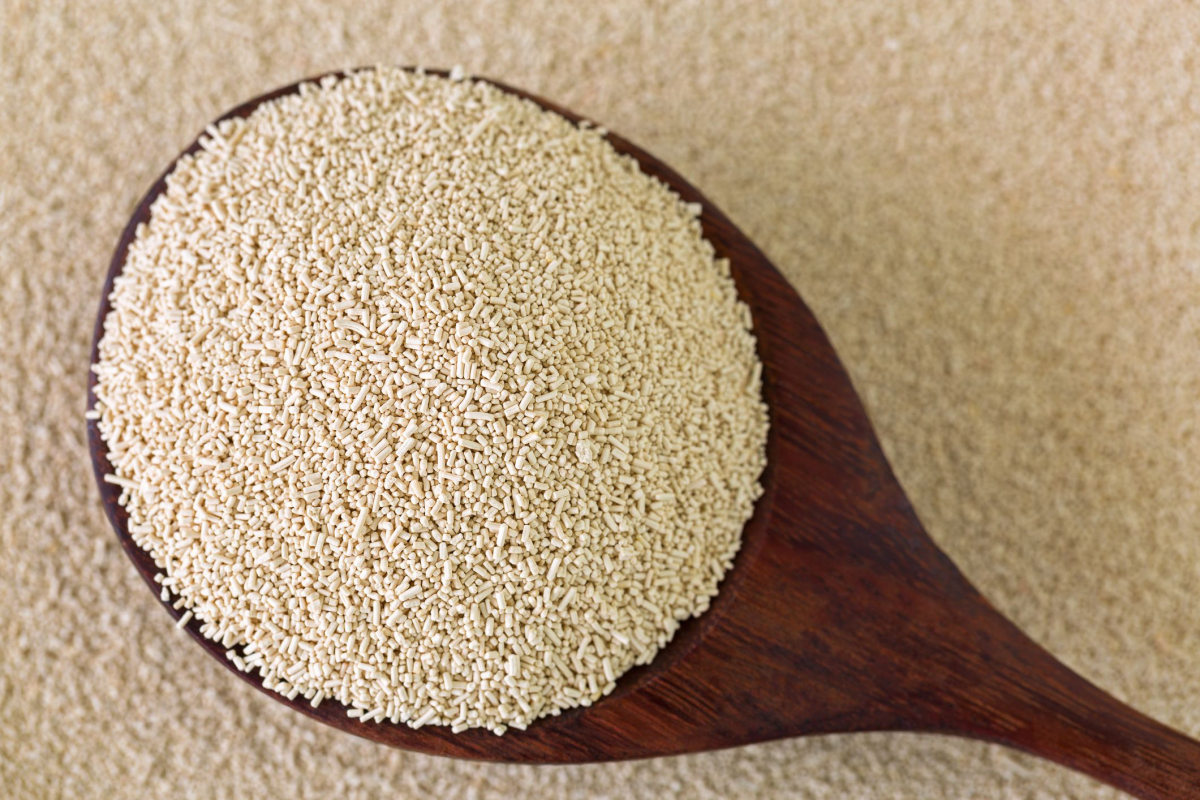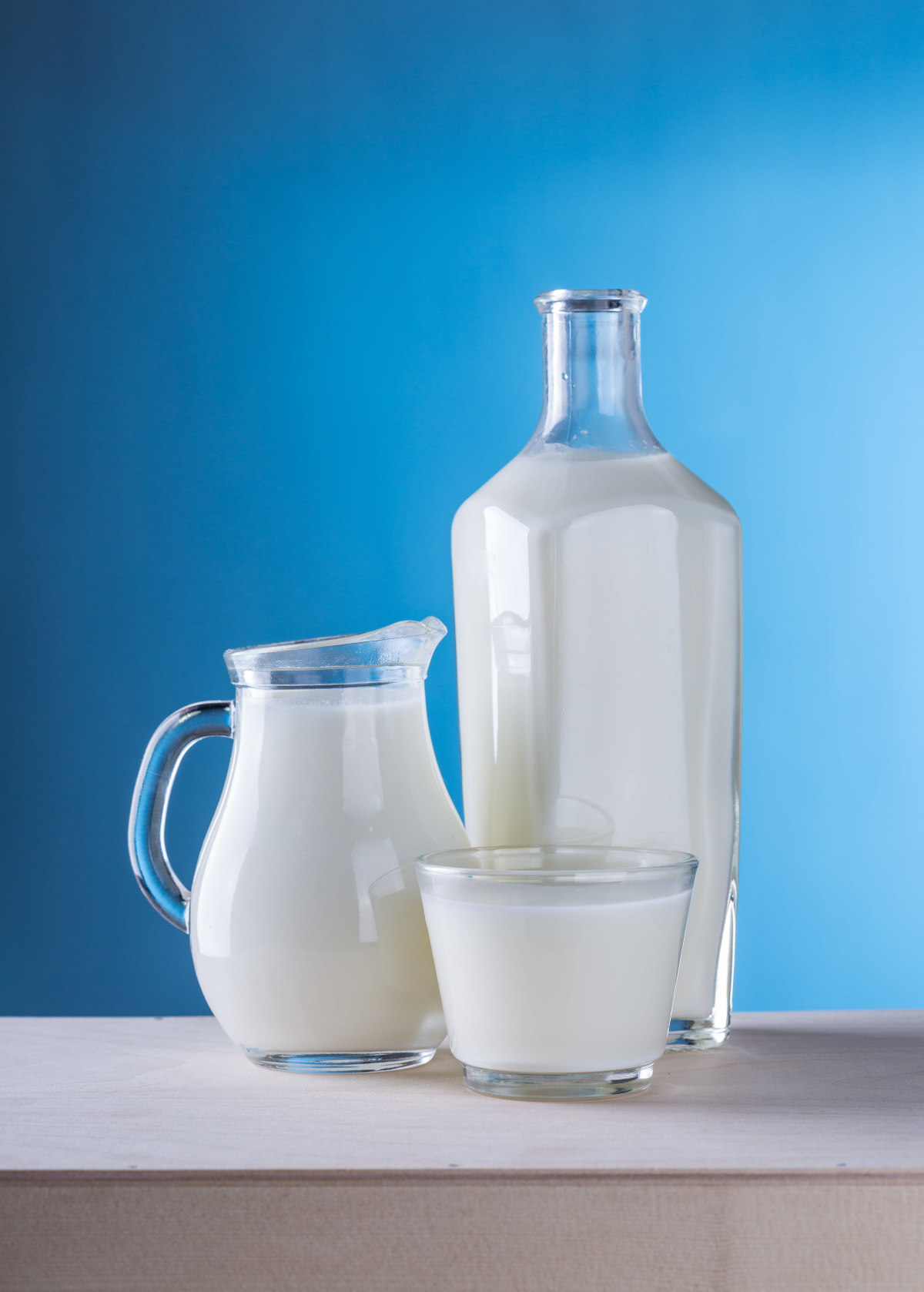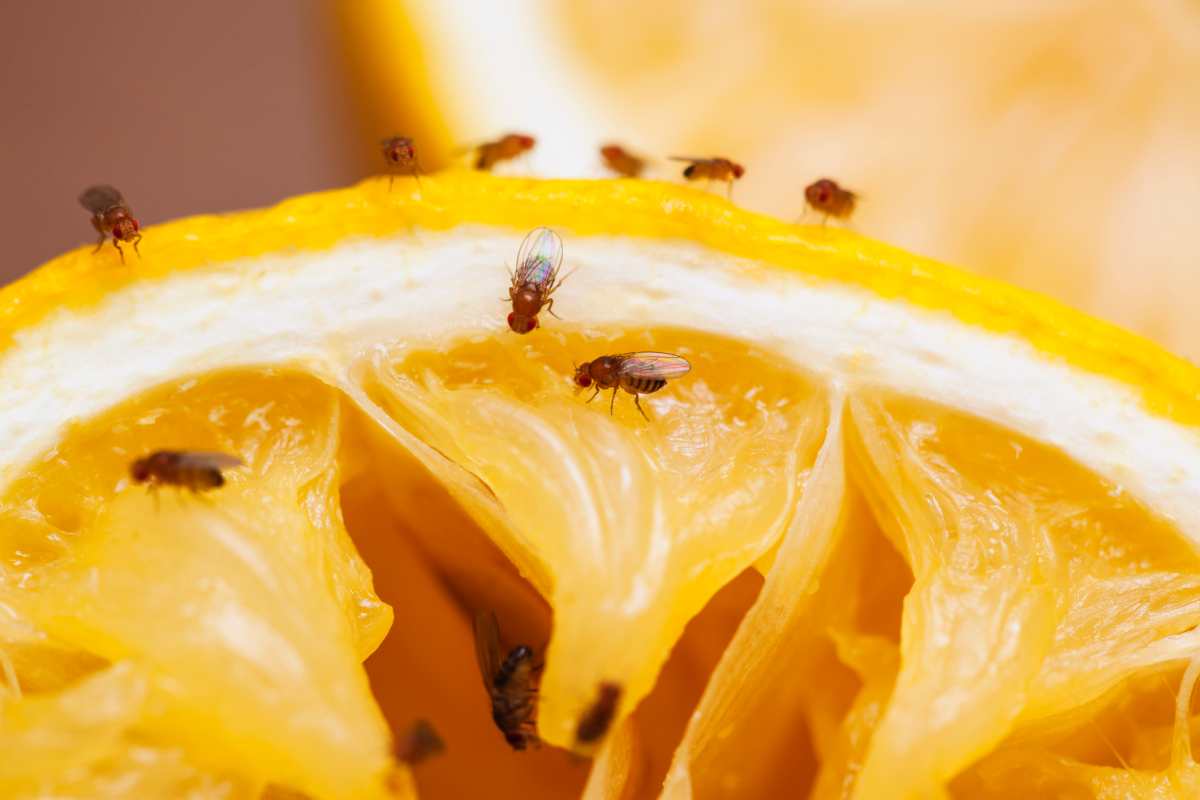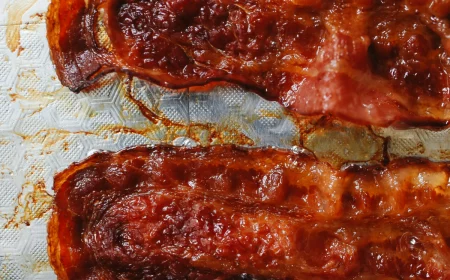DIY Fly Traps: 7 Easy And Effective Homemade Solutions
Managing a home or enjoying the outdoors often comes with the unwelcome challenge of dealing with flies. These flying pests are more than just a nuisance. They pose significant hygiene risks, carrying pathogens that can contaminate food and surfaces. Flies can turn a pleasant environment into an irritating and unhealthy one. However, there is a practical and cost-effective solution to this pervasive problem: DIY fly traps. Today we will delve into various simple yet remarkably effective methods to control these unwelcome guests. By employing these strategies, you can significantly reduce the presence of flies in your home or garden. This will ensure a more comfortable and hygienic environment for you and your family.
These flying pests pose significant hygiene risks
In this article
Homemade Fly Traps
While commercial traps are widely available, they often come with drawbacks, including cost, environmental concerns, and the use of harsh chemicals. Homemade fly traps, on the other hand, offer several compelling advantages. They are economical, utilizing affordable materials that are often already available in your home. These DIY solutions are also eco-friendly, reducing the need for chemical-based products that can harm the environment and pose health risks to humans and pets. Furthermore, creating your own traps allows for customization to target specific fly populations and adapt to the particular needs of your space. So, let’s explore the world of DIY fly trap solutions. These traps are not only easy to assemble but also efficient in catching and controlling fly populations. By adopting these homemade methods, you can effectively manage fly issues in a more sustainable, health-conscious, and budget-friendly way.
These DIY solutions are also eco-friendly
Sugar and dish soap
Creating a sugar and dish soap fly trap is a simple yet highly effective way to combat flies. To make this trap, you’ll need a bowl, water, sugar, and dish soap. Start by mixing about two cups of water with two tablespoons of sugar in the bowl. The sugar acts as a bait, attracting flies with its sweet scent. Once the sugar is fully dissolved, add a few drops of liquid dish soap to the mixture. The dish soap is crucial as it breaks the water’s surface tension, preventing flies from simply landing on the surface and flying away. Instead, they become trapped and drown. Place the bowl in areas where flies are most prevalent in your home, such as the kitchen or near garbage bins. For best results, change the solution every few days to maintain its effectiveness.
Creating a sugar and dish soap fly trap is a simple yet highly effective way to combat flies
Vinegar
The vinegar fly trap is a classic method. It is particularly effective against fruit flies, which are often found buzzing around the kitchen. To make this trap, you’ll need a jar, apple cider vinegar, plastic wrap, and a toothpick or sharp object to poke holes. Fill the jar with apple cider vinegar, about half to three-quarters full. The vinegar emits a strong, fruity scent that fruit flies find irresistible. After filling the jar, cover the top tightly with plastic wrap. Secure it with a rubber band if necessary to ensure there are no gaps. Then, use a toothpick or a small sharp object to poke several small holes in the plastic wrap. These holes should be big enough for the flies to enter, but small enough to make it difficult for them to escape. Place the jar in areas where fruit flies are commonly seen.
The vinegar and fruit fly trap is a classic method
Plastic bottle
The plastic bottle fly trap is a versatile and effective method for capturing a large number of flies. This makes it ideal for outdoor areas. To make this trap, you need a plastic bottle, a cutting tool, and bait such as sugar water, fruit, or meat scraps. Start by cutting the top third of the plastic bottle cleanly around its circumference. Invert the top portion of the bottle and place it into the bottom part, creating a funnel shape. The funnel directs flies into the bottle but makes it difficult for them to fly back out. For bait, sugar water works well as a general attractant. Fill the bottom part of the bottle with the chosen bait and a little water to create an enticing mixture. Flies will be attracted to the smell of the bait, enter through the funnel, and become trapped.
The plastic bottle fly trap is a versatile and effective method for capturing a large number of flies
Wine trap
The wine trap is an ingenious and effortless way to tackle fruit fly infestations, especially in the kitchen. For this method, you just need a little leftover wine, which acts as a powerful attractant for fruit flies due to its fermented scent. First, leave a small amount of wine in a bottle – about an inch or so will do. Then, add a few drops of dish soap to the wine. The dish soap reduces the surface tension of the wine, ensuring that when flies touch the liquid, they are unable to escape and eventually drown. This method is particularly effective because it uses a bait that is naturally attractive to fruit flies. Place the bottle in areas where you’ve noticed fruit flies congregating, like near fruit bowls or garbage bins.
The wine trap is an ingenious and effortless way to tackle fruit fly infestations
Sticky honey trap
The honey sticky trap is a safe and natural method to catch flies. Here you use the inherent stickiness of honey as the trapping mechanism. To prepare this trap, you need a piece of cardboard or sturdy paper, preferably yellow, as flies like this color. Spread a thin layer of honey over the surface of the cardboard or paper. The honey not only acts as bait due to its sweet scent but also traps the flies with its stickiness. Hang or place this trap in areas where flies are frequently seen, such as near windows, kitchen counters, or trash cans. This method is particularly appealing for those seeking a non-toxic and environmentally friendly option. The honey sticky trap is easy to make and can be replaced regularly to maintain its effectiveness, providing a simple yet effective solution to reduce fly populations in your home.
The honey sticky trap is a safe and natural method to catch flies
Yeast and sugar
The yeast and sugar trap is an effective solution for outdoor fly problems. It leverages the natural fermentation process to attract flies. To create this trap, mix a small amount of yeast and sugar in a container, then add water to initiate the fermentation process. The mixture will emit a scent that mimics the smell of rotting fruit, which is irresistible to flies. As the yeast ferments the sugar, it produces carbon dioxide and alcohol, both of which are potent attractants. This trap is especially effective in outdoor settings like gardens, patios, or near compost areas, where flies tend to be more prevalent. Place the container in a strategic location, and watch as the flies are drawn to the scent and become trapped in the liquid. The yeast and sugar trap is a simple yet powerful tool that uses natural ingredients, making it safe for use around pets and children.
The yeast and sugar trap is an effective solution for outdoor fly problems
Milk, sugar, and pepper
This is an old farmers’ trick. The milk, sugar, and pepper trap is a traditional method that has proven its effectiveness over time. To make this trap, start by boiling a mixture of milk, sugar, and ground pepper. The quantities don’t need to be precise. A general guideline is to use a couple of cups of milk, a few tablespoons of sugar, and a teaspoon of pepper. Boil the mixture for a few minutes until the sugar dissolves completely. The combination of these ingredients produces a unique scent that attracts flies. Once boiled, pour the mixture into a shallow dish and place it in areas where flies are a problem. The flies are attracted by the scent and drown when they land in the mixture. This method works well in both indoor and outdoor settings and is particularly useful for larger flies.
The quantities don’t need to be precise
Effectively controlling flies in your home or garden doesn’t require expensive investments or the use of harsh chemicals. This guide presents seven easy and cost-effective DIY fly trap solutions, using simple household items to create efficient and environmentally friendly traps. These methods are not only practical but also versatile, capable of addressing various fly infestations, from a handful of bothersome flies to more significant populations. By trying out these homemade solutions, you can achieve a comfortable, fly-free environment in your living spaces. Embrace these DIY approaches to fly control and enjoy a cleaner, more pleasant home and garden without the drawbacks of commercial fly traps.
These methods are not only practical but also versatile
